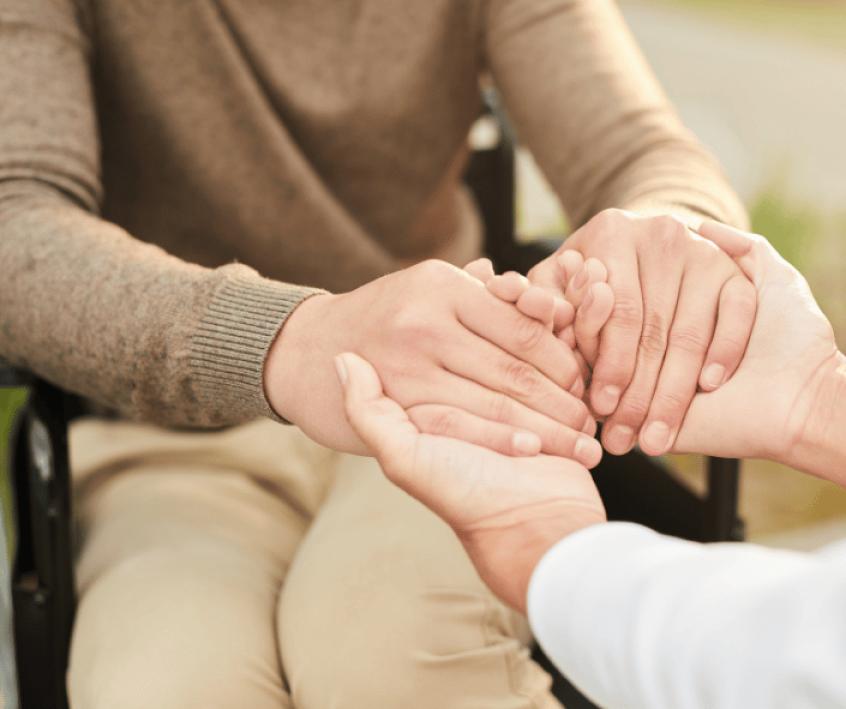
Domestic violence affects millions worldwide, crossing all boundaries of age, gender, and background. Legal systems provide tools to protect victims and hold offenders accountable. If you or someone you know is in danger, the first step is to seek immediate safety and legal protection.
Types of Domestic Violence
Abuse can be physical, emotional, psychological, sexual, or financial. Controlling behaviors, threats, and isolation tactics are often early signs. Understanding these signs helps victims take action before situations escalate.
Protective Orders and Restraining Orders
Protective orders (also called restraining orders) are court-issued documents that legally prohibit an abuser from contacting or approaching the victim. Violating these orders can result in arrest or additional charges. Judges may issue temporary orders quickly, followed by a hearing to determine if a longer-term order is needed.
Legal Support and Resources
Victims of domestic violence have access to various legal resources, including emergency shelters, crisis hotlines, and legal aid organizations. A family law attorney can help navigate court procedures, file restraining orders, and initiate custody or divorce proceedings when needed.
Long-Term Legal Strategies
Beyond emergency protection, victims often require help with longer-term legal actions—such as child custody, divorce, or financial support. Courts often prioritize victim safety when making these decisions, especially when children are involved.